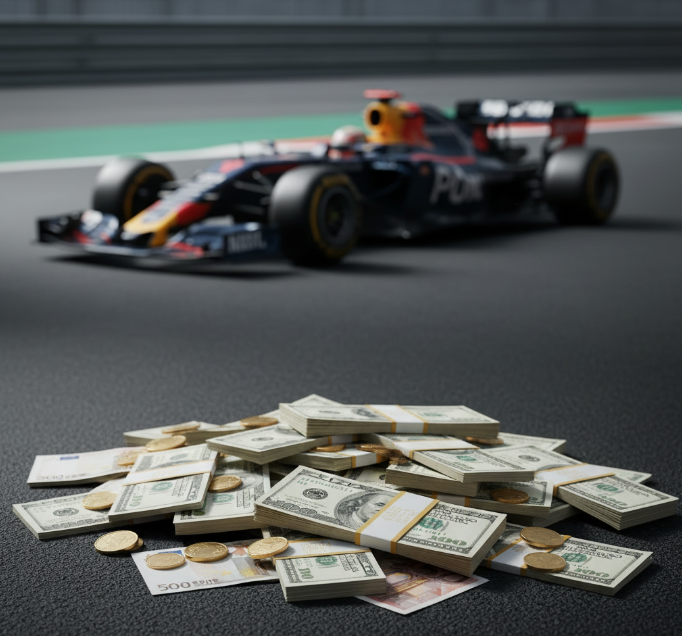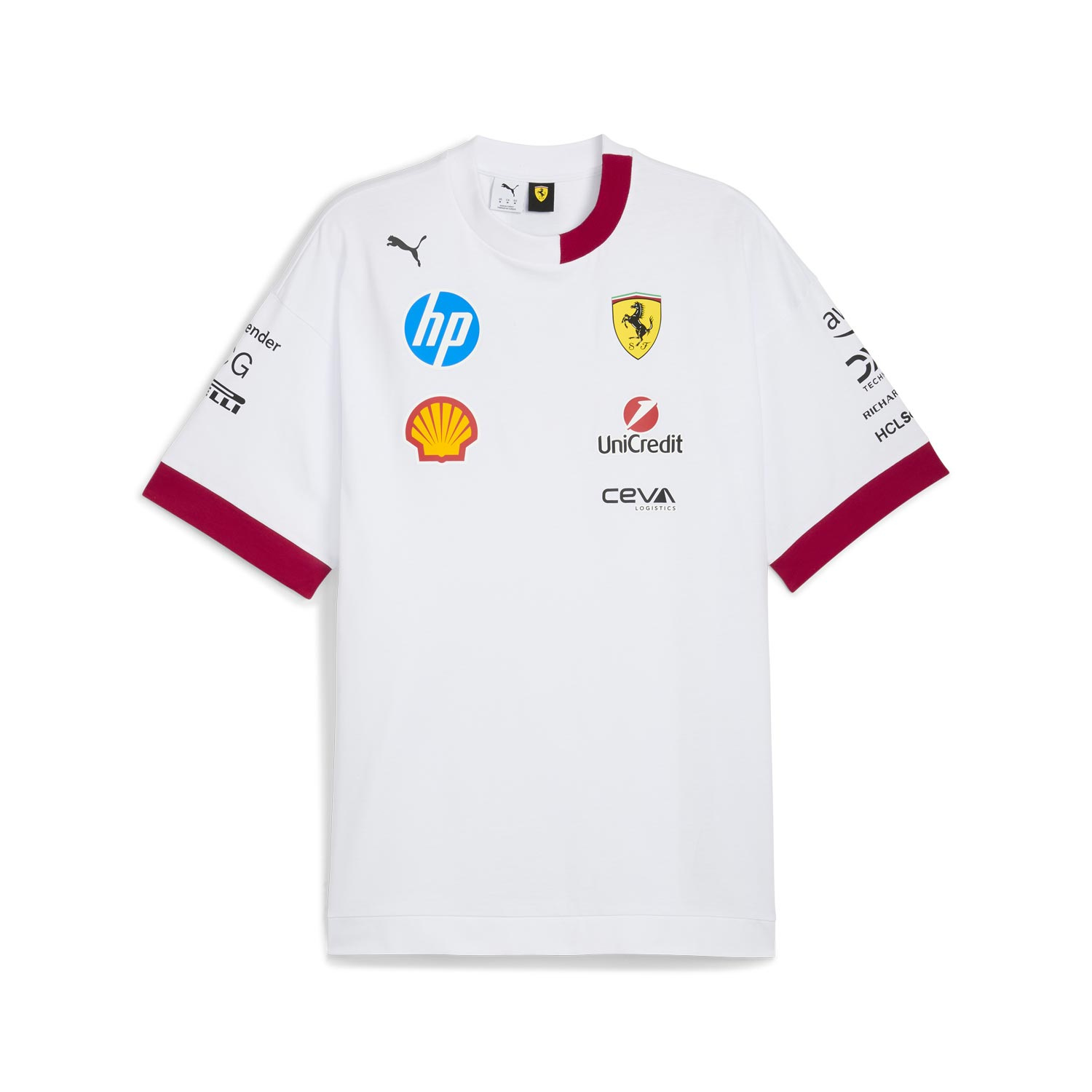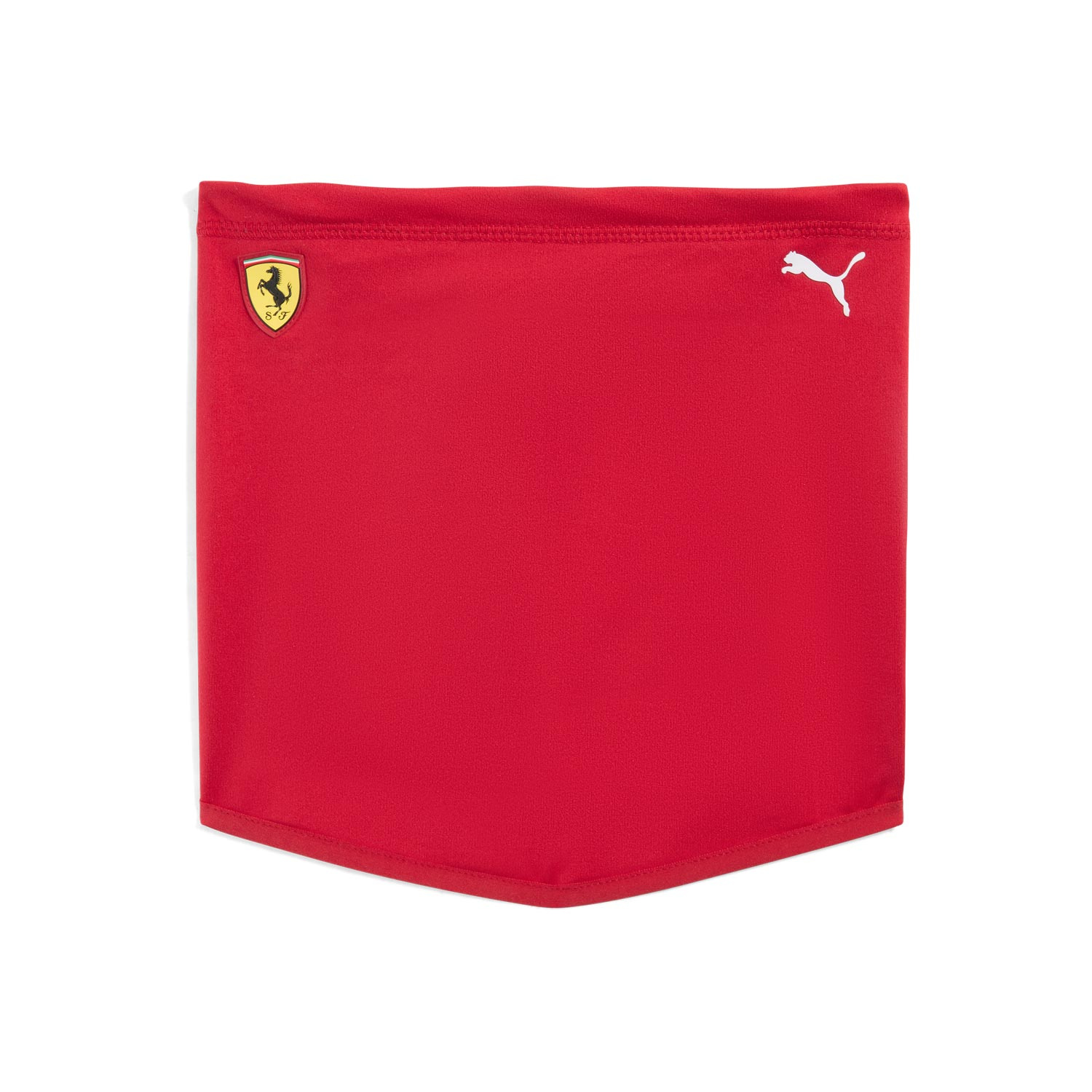How Much Do F1 Drivers Make

Formula 1 drivers represent some of the highest-paid athletes in professional sport, with top earners commanding salaries exceeding £50 million annually. The financial rewards reflect both the elite nature of motorsport's pinnacle category and the commercial value these athletes bring to global brands and racing teams.
Understanding F1 driver compensation requires examining base salaries, performance bonuses, and extensive sponsorship deals that can multiply basic earnings significantly. The salary structure creates dramatic disparities between championship contenders and rookie drivers beginning their careers.
The Top Earners
Max Verstappen leads the 2025 salary charts with a staggering £52 million base salary from Red Bull Racing. The four-time world champion's earnings reflect his dominance over recent seasons, having secured 53 race victories across four years and established himself as the sport's premier talent.
Lewis Hamilton occupies second position at £48 million annually following his sensational move to Ferrari. The seven-time world champion's switch from Mercedes created one of 2025's biggest storylines, with reports suggesting he accepted a slight pay reduction to join the Italian marque. However, his total earnings, including bonuses and endorsements, likely approach £80 million.
Charles Leclerc rounds out the top three at £27 million per year with Ferrari, reflecting his status as the team's established number one and future championship contender. The Monégasque driver's eight career victories and 43 podium finishes justify his substantial salary despite limited title challenges to date.
Salary Breakdown by Performance Level
- Championship contenders: £20-52 million (Verstappen, Hamilton, Leclerc, Norris, Alonso)
- Established performers: £5-15 million (Russell, Sainz, Piastri, Gasly)
- Solid professionals: £2-8 million (Bottas, Stroll, Magnussen, Hulkenberg)
- Rookies and newcomers: £0.5-2 million (Doohan, Hadjar, Bearman, Bortoleto)
Performance Bonuses and Incentives
Base salaries represent only part of F1 drivers' total compensation packages. Performance bonuses can dramatically increase annual earnings depending on race results, championship positions, and team achievements. These additional payments often match or exceed base salaries for successful drivers.
Lando Norris exemplified bonus potential during 2024, where his £10 million base salary nearly tripled to £28 million through performance incentives. His four race victories and the constructor's championship with McLaren triggered substantial bonus payments that reflected his breakthrough season.
Oscar Piastri similarly benefited from McLaren's success, with reported bonus payments of £13.5 million supplementing his base earnings. These examples demonstrate how championship-winning seasons can transform driver compensation significantly.
Historic bonus arrangements have created legendary payouts, such as Kimi Räikkönen's £50,000-per-point deal with Lotus in 2012. His unexpected 207-point season generated £10.35 million in bonuses alone, demonstrating the potential financial rewards for exceeding expectations.
Salary Evolution and Trends
F1 driver salaries have increased substantially over recent decades, driven by the sport's global popularity and commercial growth. Michael Schumacher remains the highest-paid F1 driver in history, with peak earnings reportedly exceeding £60 million during his Ferrari dominance.
The current salary structure reflects Formula 1's transformation into a global entertainment phenomenon. Netflix's "Drive to Survive" and expanding race calendars have increased commercial value, enabling teams to offer more competitive compensation packages.
Driver salaries remain exempt from F1's cost cap regulations, allowing teams to compete freely for talent without financial restrictions. This exemption also applies to the three highest-paid non-driver staff members, typically including team principals and senior engineers.
Factors Influencing Salary Levels
- Championship success and race victories
- Commercial appeal and marketability
- Sponsorship value and brand partnerships
- Team budget and financial resources
The Rookie Challenge
New drivers entering Formula 1 face significant salary disparities compared to established stars. Four 2025 rookies earn £0.8 million or less, highlighting the financial gulf between unproven talent and championship contenders.
Jack Doohan and Isack Hadjar reportedly earn between £400,000-800,000 at Alpine and Racing Bulls, respectively. While substantial sums for most professions, these figures pale against veteran earnings and reflect F1's merit-based compensation structure.
Rookie salaries often increase rapidly with success, as teams recognise exceptional talent and competitors attempt to poach promising drivers. George Russell's progression from Williams to Mercedes exemplifies how quickly earning potential can transform with strong performances.
Sponsorship and Commercial Deals
Beyond team salaries, F1 drivers generate substantial income through personal sponsorship arrangements and endorsement deals. Hamilton's total annual income approaches £80 million when combining the Ferrari salary with Nike partnerships, watch deals, and various commercial arrangements.
These external revenue streams often exceed base salaries for marketable drivers, particularly those with strong social media presence and global appeal. National heroes like Fernando Alonso command premium rates in their home markets, supplementing team payments significantly.
Driver merchandising represents another income source, with popular personalities benefiting from licensing arrangements and official team merchandise sales. The global F1 fanbase creates substantial commercial opportunities beyond basic racing salaries.
Financial Future
F1 driver salaries continue trending upward as the sport's commercial success grows. The 2025 season represents another step in motorsport's financial evolution, with teams willing to invest heavily in talent that can deliver championships and commercial returns.
Salary disparities will likely persist as F1 maintains its merit-based system, rewarding proven winners while providing opportunities for emerging talent to earn substantial increases through strong performances.












